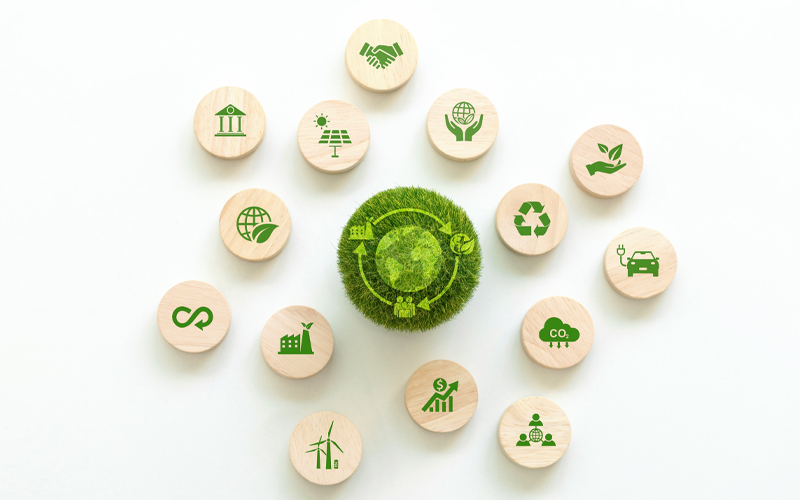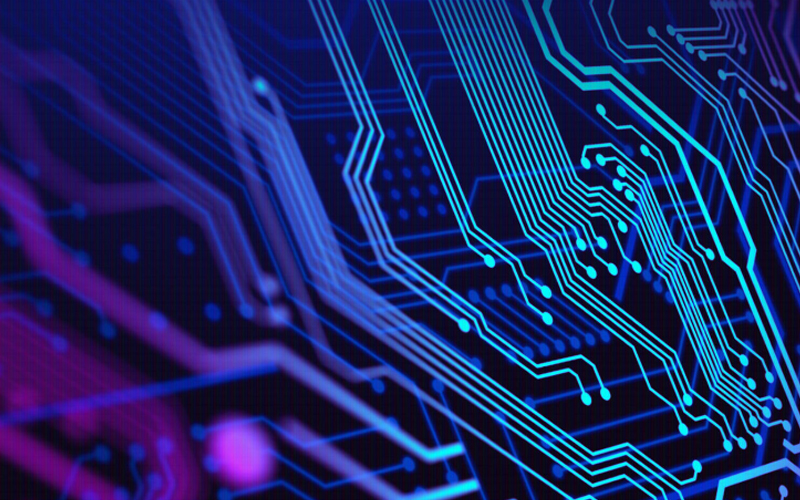In today’s fast-paced retail landscape, customer expectations are evolving rapidly. Speed, convenience, and personalisation—once considered luxuries—are now essential elements for enhancing the shopping experience. Traditional checkout processes, often characterised by long queues and slow transactions, are transforming.
Frictionless shopping solutions, once considered the future of retail shopping, are gaining traction, enabling retailers to streamline in-store experiences through automated entry systems, smart shelves, and auto payments.
According to a recent survey, approximately 86%of Gen Z consumers prefer scan-and-go shopping, highlighting the shift towards seamless, tech-enabled retail experiences. By adopting self-checkout and frictionless shopping technologies, retailers can enhance customer satisfaction, improve operational efficiency, and stay competitive in an increasingly digital world.
How does frictionless shopping work?
Frictionless shopping eliminates traditional checkout challenges by leveraging advanced technologies, ensuring a smooth and efficient in-store experience. Here’s how it works:
Automated entry
The shopping journey begins with seamless store entry. Customers can access the store by downloading a retailer-specific app or scanning a QR code at the entrance. Retailers also leverage advanced systems such as facial recognition technology to identify customers through biometric solutions, enhancing both security and personalisation without the need for physical identification.
Smart shelves and sensors
Inside the store, customers interact with smart shelves equipped with AI-driven sensors and computer vision technology. These systems track product movements in real-time, identifying when an item is picked up or returned to the shelf.
Cameras and sensors continuously monitor customer activity and inventory changes, ensuring accurate stock management and reducing the risk of theft. Additionally, RFID tags embedded in products communicate with store sensors, providing an extra layer of security and enabling precise billing and inventory tracking.
Auto-payments
Once customers finish shopping, the system automatically processes payments through self-checkout technology. This eliminates the need for traditional checkout queues, allowing customers to simply walk out with their purchases.
Benefits of self-checkout and frictionless shopping
The adoption of frictionless shopping technologies offers significant advantages for both customers and retailers:
For customers:
- Enhanced convenience: By eliminating long queues and self-checkouts, frictionless shopping enhances speed and creates a positive shopping experience. A study found that 60% of consumers prefer self-service options over traditional checkout methods, showcasing the growing demand for customer-centric solutions.
- Personalised experiences: AI and ML enable retailers to deliver hyper-personalised shopping experiences by analysing customers’ purchase history, behaviour, and real-time interactions. This level of personalisation not only enhances customer satisfaction but also fosters brand loyalty, increases conversion rates, and improves overall engagement.
For retailers:
- Operational efficiency: Frictionless retail leverages automation to reduce wait times and optimise resource allocation. This seamless approach not only improves the customer experience by eliminating delays but also boosts profitability by ensuring optimal staffing, inventory levels, and energy usage.
- Reduced shrinkage: Retail theft and inventory loss are significant challenges, but frictionless shopping mitigates these issues through continuous surveillance and monitoring. This ensures that items are paid for before customers leave the store, creating a secure shopping environment and protecting profit margins.
Challenges of frictionless shopping
While frictionless retail presents numerous advantages, retailers must address several challenges to successfully implement these technologies:
High initial investment
Implementing frictionless retail requires significant capital expenditure (CAPEX) and operational expenditure (OPEX) for infrastructure, software development, and ongoing maintenance. This can be a significant obstacle for small and mid-sized retailers or those operating with limited budgets.
Maintenance and upgrades
Frictionless technologies require regular updates and maintenance to ensure optimal performance. Retailers need to continuously invest in dedicated resources for system maintenance, real-time troubleshooting, and software upgrades to prevent downtime and security vulnerabilities.
Infrastructure and connectivity
A robust and reliable infrastructure, including high-speed internet connectivity and stable networks, is essential for frictionless shopping. Small and medium retailers operating with limited infrastructure or poor connectivity might face significant downtime, leading to incorrect billing and customer dissatisfaction.
Privacy and security concerns
The use of facial recognition and data collection in frictionless retail raises concerns about customer privacy. Retailers must implement stringent data protection measures and ensure compliance with regulations such as the General Data Protection Regulation (GDPR) to build trust and transparency with consumers.
Future trends in frictionless shopping
With evolving technology, several emerging trends are set to shape the future of frictionless shopping:
Omnichannel integration
The future of frictionless shopping experience will include seamless integration of physical and digital shopping experiences, creating a unified customer journey. Features such as online ordering with in-store pickup, AI-powered virtual assistants, and smart checkout systems will eliminate traditional bottlenecks, ensuring a smoother and convenient shopping experience.
Hyper-personalisation
Advancements in AI and ML will enable retailers to offer highly personalised shopping experiences. Retailers can leverage facial recognition systems in frictionless shopping to identify loyal customers and provide customised recommendations based on their purchase history and preferences.
Sustainability initiatives
Frictionless shopping technologies can support sustainability efforts. Smart shelves equipped with AI and IoT can monitor product expiration dates, reducing food waste, while digital receipts can minimise paper usage. Many global retailers are already exploring these innovations to enhance both operational efficiency and eco-friendly practices.
How can Infosys BPM help?
Self-checkout and frictionless shopping technologies are not just passing trends—they are shaping the future of in-store retail. For businesses, adopting these innovations goes beyond staying competitive; it opens new opportunities for efficiency, customer engagement, and long-term growth.
As retailers integrate these solutions, partnering with experienced technology providers such as Infosys BPM can ensure a seamless transition. With cutting-edge technologies and expertise in retail operations, Infosys BPM empowers businesses to create a more efficient, customer-centric, and future-ready shopping experience.
Explore Infosys BPM retail solutions to build a secure and future-ready shopping experience.







